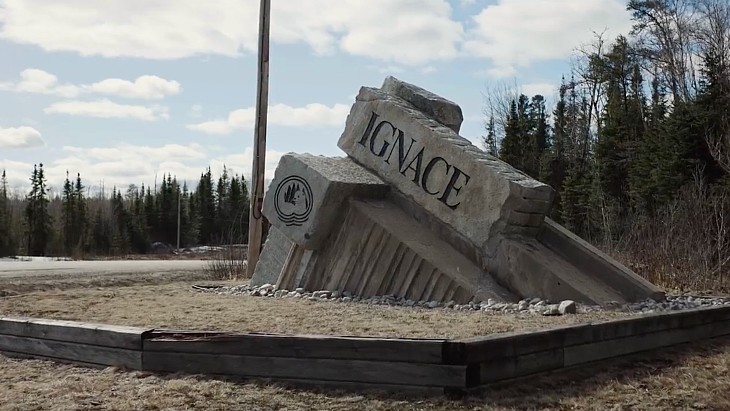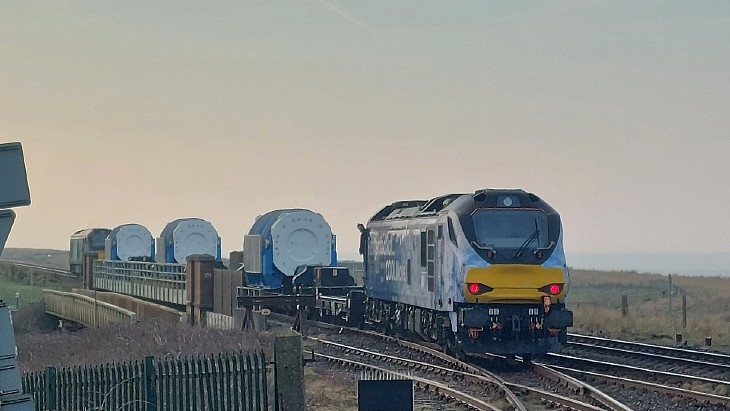Siting agreement amended for US deconversion plant
International Isotopes has amended its project participation agreement with New Mexico's Lea County to reflect the delay in constructing its planned facility to deconvert depleted uranium hexafluoride.
The original agreement the company signed with the Lea County Board of Commissioners granted it direct and indirect assistance for locating its proposed plant in Hobbs, New Mexico. Hobbs was selected as the location of the facility in March 2009. The principal component of assistance was the transfer of some 260 hectares for construction and operation of the proposed facility.
The transfer of the land was contingent upon International Isotopes beginning construction of the facility by the end of 2014 and hiring a certain number of employees by the end of this year.
However, following delays in the project, the company and the county commissioners have now amended the agreement to extend those dates to the end of 2016 and 2017, respectively.
International Isotopes president and CEO Steve Laflin said, "The Lea County Board of Commissioners has been very accommodating and welcoming from the time we first approached them about this project, and they are one of the reasons we chose Lea County for the location of our proposed de-conversion facility. We are appreciative of their understanding regarding the delay we have experienced commencing construction of the facility which has been largely due to the slowdown in nuclear related projects."
He added, "We remain optimistic about construction and delivering to Lea County the economic impact and jobs that a project of this size entails."
Lea County commissioner Gregg Fulfer said, "We understand the nuclear industry has experienced several factors to slow it down in the USA, including natural gas prices being low and the disaster in Fukushima, Japan."
The planned plant will deconvert depleted uranium hexafluoride (DUF6) - the so-called tails left behind after uranium enrichment - into uranium tetrafluoride, which will then be used as a feedstock for International Isotopes' own fluorine extraction process to produce fluoride gases.
As well as producing specialist fluoride gases for a variety of industrial applications, the plant will also produce anhydrous hydrofluoric acid which International Isotopes plans to sell as a by-product. Another output stream of depleted uranium oxide will be disposed of as low-level radioactive waste.
The US Nuclear Regulatory Commission issued a licence for the construction and operation of the plant in October 2012. The licence allows it to process 8 million pound of DUF6 each year.
International Isotopes has already selected Parsons as the prime contractor for building the plant on a turnkey basis, leading a team including Merrick & Company, Burns & Roe and Baker Concrete Construction.
Researched and written
by World Nuclear News
_17992.jpg)
_75800.jpg)








_50521.jpg)

